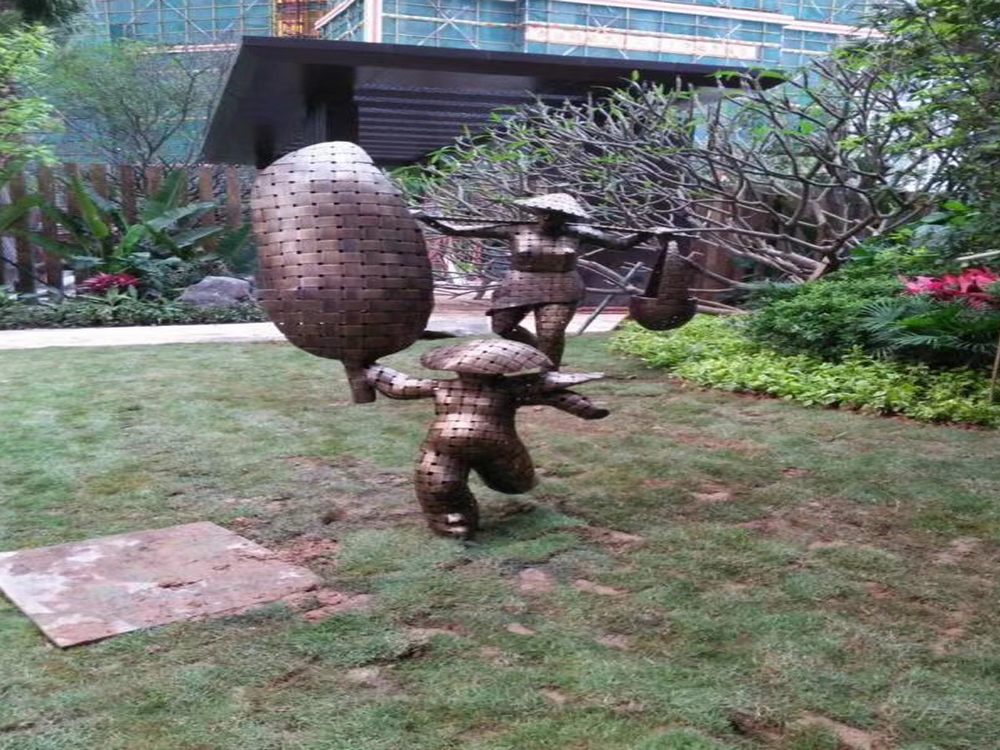
Creating a hammered or forged appearance on bronze is a popular technique in metalworking, often used to add texture, depth, and an antique aesthetic to sculptures, jewelry, and decorative items. Here are the most common methods to achieve this effect:
1. Hand Hammering: Using specialized hammers with textured faces, artisans strike the bronze surface to create dents and irregularities. This technique mimics the look of traditional blacksmithing and adds organic character.
2. Chasing and Repoussé: Chasing involves refining the surface with small punches, while repoussé shapes the metal from the reverse side. Combined, these methods produce intricate raised and recessed patterns.
3. Forging with Heat: Heating the bronze makes it more malleable, allowing for controlled deformation with tools like anvils and mallets. This technique is ideal for creating deep, uneven textures.
4. Patination: Chemical patinas can enhance the hammered look by adding contrasting colors to the recessed areas, emphasizing the texture. Common patinas include liver of sulfur or ferric nitrate solutions.
5. Mechanical Texturing: Rotary tools or sandblasting can simulate a hammered finish by abrasively distressing the surface, offering a quicker alternative to manual methods.
Each technique offers unique results, allowing artisans to customize the appearance of bronze for artistic or functional purposes. Experimentation with tools and finishes can yield stunning, one-of-a-kind pieces.

